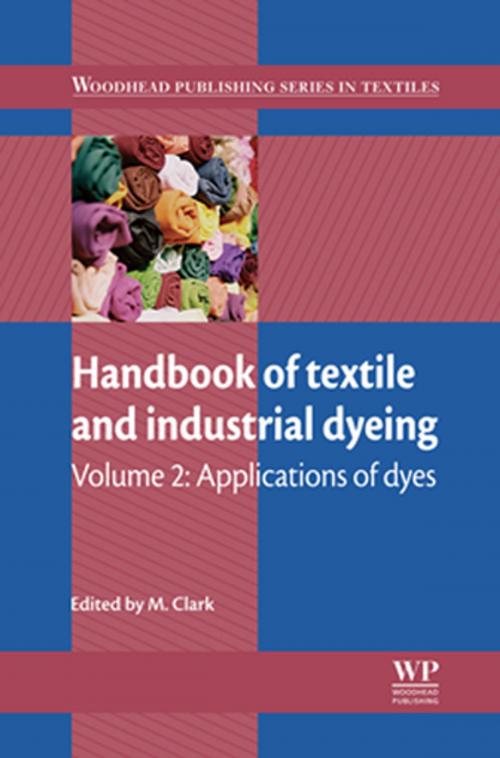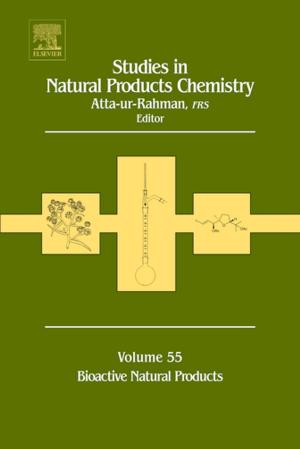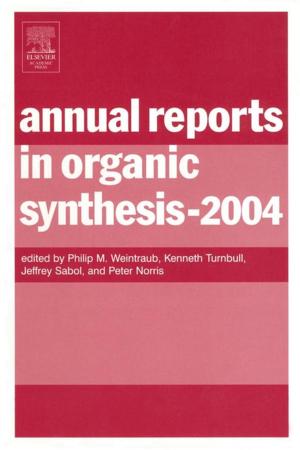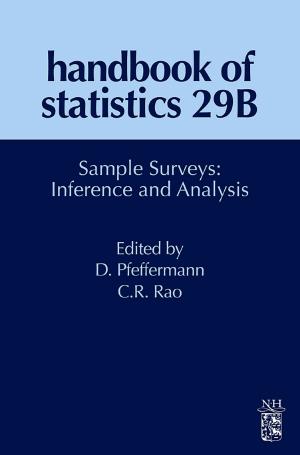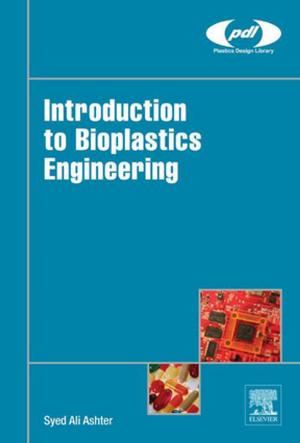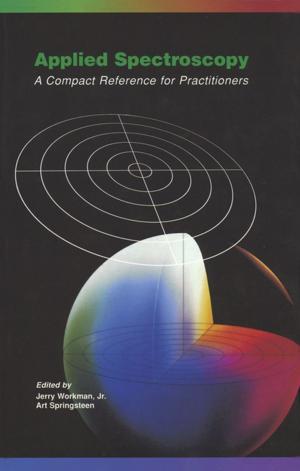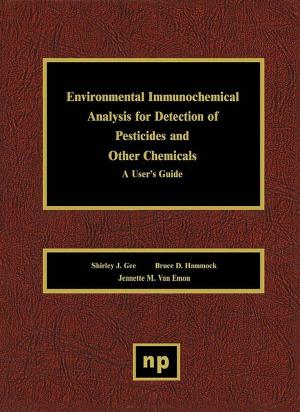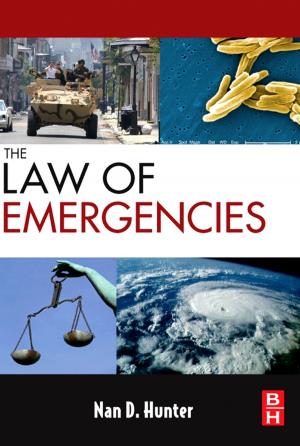Handbook of Textile and Industrial Dyeing
Volume 2: Applications of Dyes
Nonfiction, Science & Nature, Technology, Textiles & Polymers, Engineering, Chemical & Biochemical| Author: | ISBN: | 9780857094919 | |
| Publisher: | Elsevier Science | Publication: | October 25, 2011 |
| Imprint: | Woodhead Publishing | Language: | English |
| Author: | |
| ISBN: | 9780857094919 |
| Publisher: | Elsevier Science |
| Publication: | October 25, 2011 |
| Imprint: | Woodhead Publishing |
| Language: | English |
Dyeing is one of the most effective and popular methods used for colouring textiles and other materials. Dyes are employed in a variety of industries, from cosmetic production to the medical sector. The two volumes of the Handbook of textile and industrial dyeing provide a detailed review of the latest techniques and equipment used in the dyeing industry, as well as examining dyes and their application in a number of different industrial sectors.
Volume 2 deals with major applications of dyes and is divided into two parts. Part one covers textile applications, with chapters dealing with the dyeing of wool, synthetic and cellulosic fibres, and textile fibre blends. In part two, industrial applications of dyes are examined, with topics including dyes used in food and in the cosmetics industry.
With its distinguished editor and contributions from some of the world’s leading authorities, the Handbook of textile and industrial dyeing is an essential reference for designers, colour technologists and product developers working in a variety of sectors, and will also be suitable for academic use.
- Provides a detailed review of the latest techniques and equipment used in the dyeing industry
- Industrial applications of dyes are examined, with topics including dyes used in food and in the cosmetics industry
- Is appropriate for a variety of different readers including designers, colour technologists, product developers and those in academia
Dyeing is one of the most effective and popular methods used for colouring textiles and other materials. Dyes are employed in a variety of industries, from cosmetic production to the medical sector. The two volumes of the Handbook of textile and industrial dyeing provide a detailed review of the latest techniques and equipment used in the dyeing industry, as well as examining dyes and their application in a number of different industrial sectors.
Volume 2 deals with major applications of dyes and is divided into two parts. Part one covers textile applications, with chapters dealing with the dyeing of wool, synthetic and cellulosic fibres, and textile fibre blends. In part two, industrial applications of dyes are examined, with topics including dyes used in food and in the cosmetics industry.
With its distinguished editor and contributions from some of the world’s leading authorities, the Handbook of textile and industrial dyeing is an essential reference for designers, colour technologists and product developers working in a variety of sectors, and will also be suitable for academic use.
- Provides a detailed review of the latest techniques and equipment used in the dyeing industry
- Industrial applications of dyes are examined, with topics including dyes used in food and in the cosmetics industry
- Is appropriate for a variety of different readers including designers, colour technologists, product developers and those in academia
